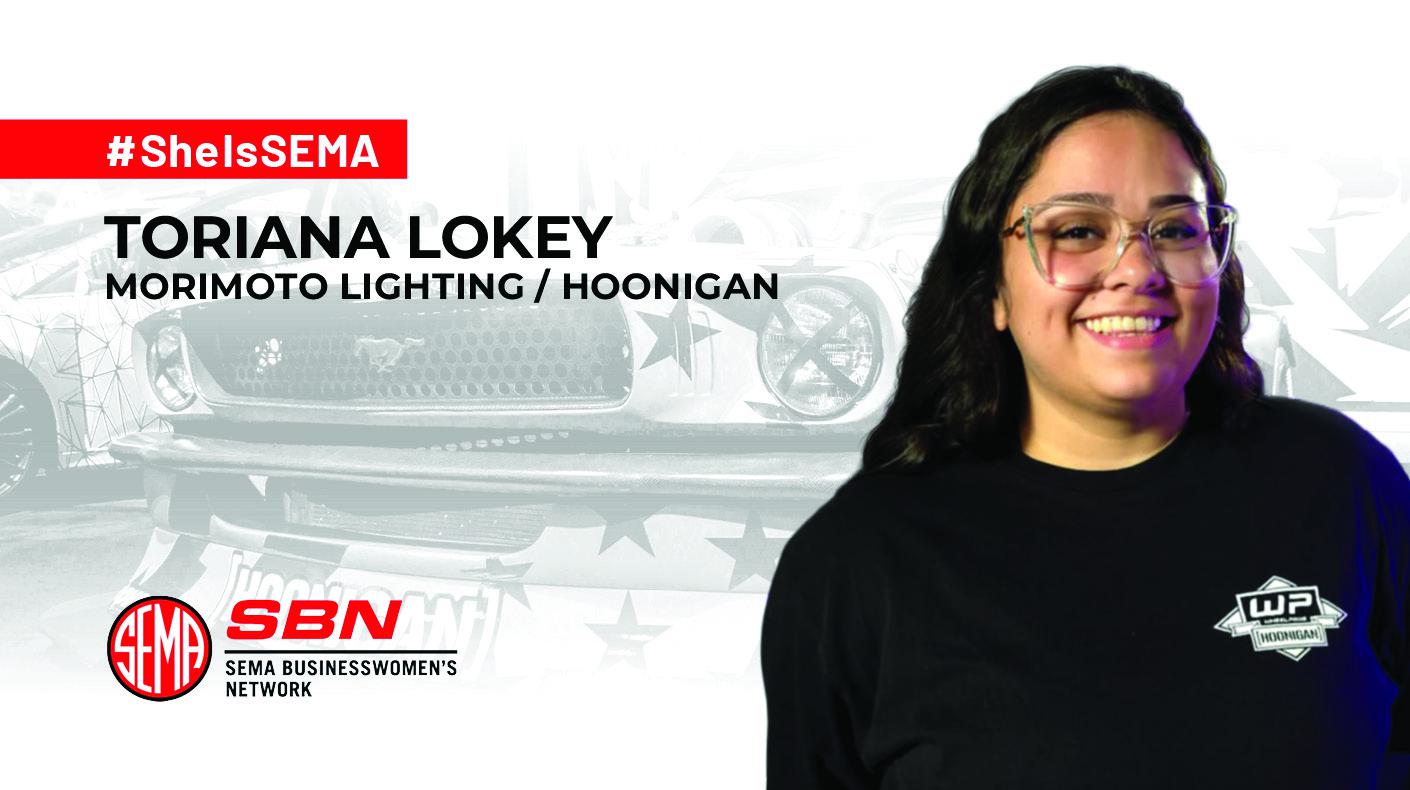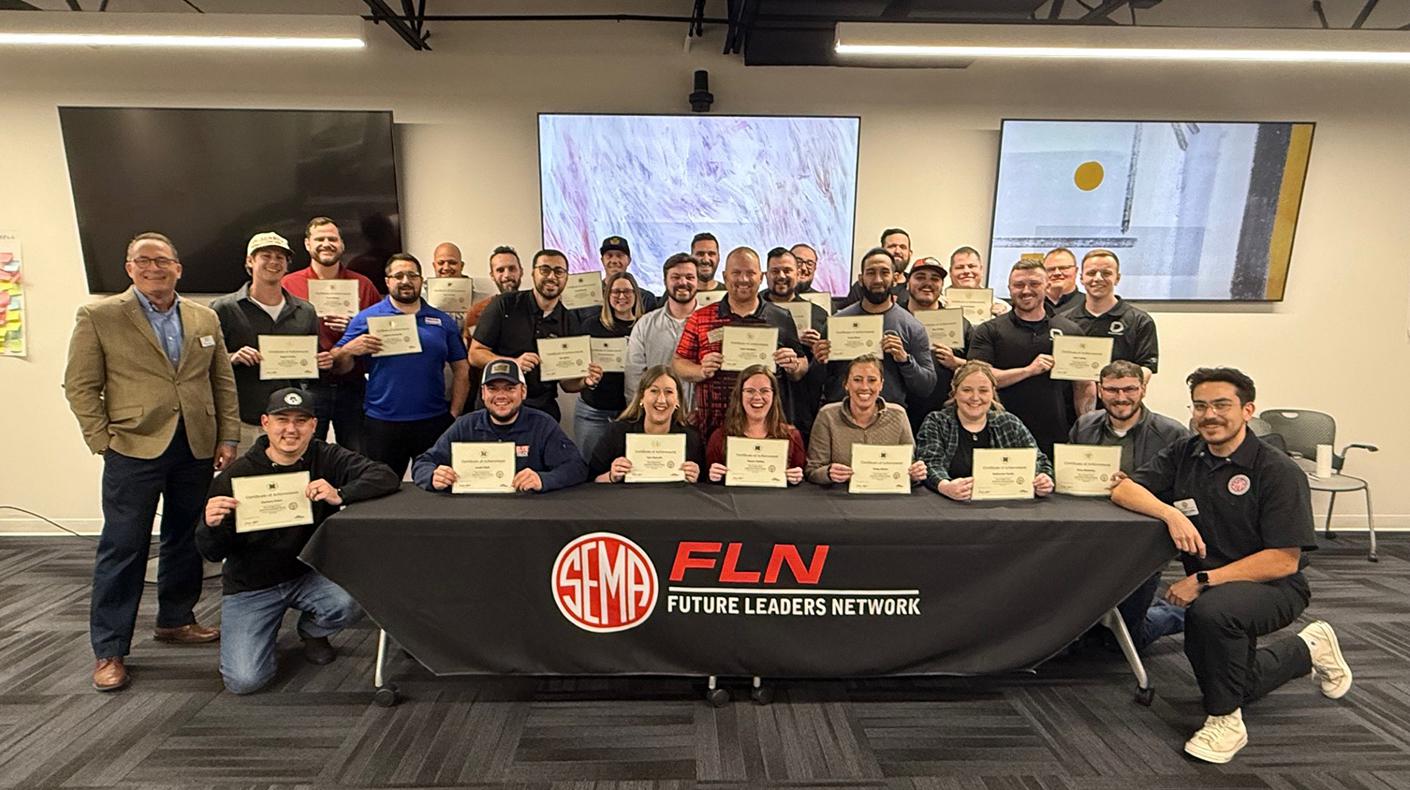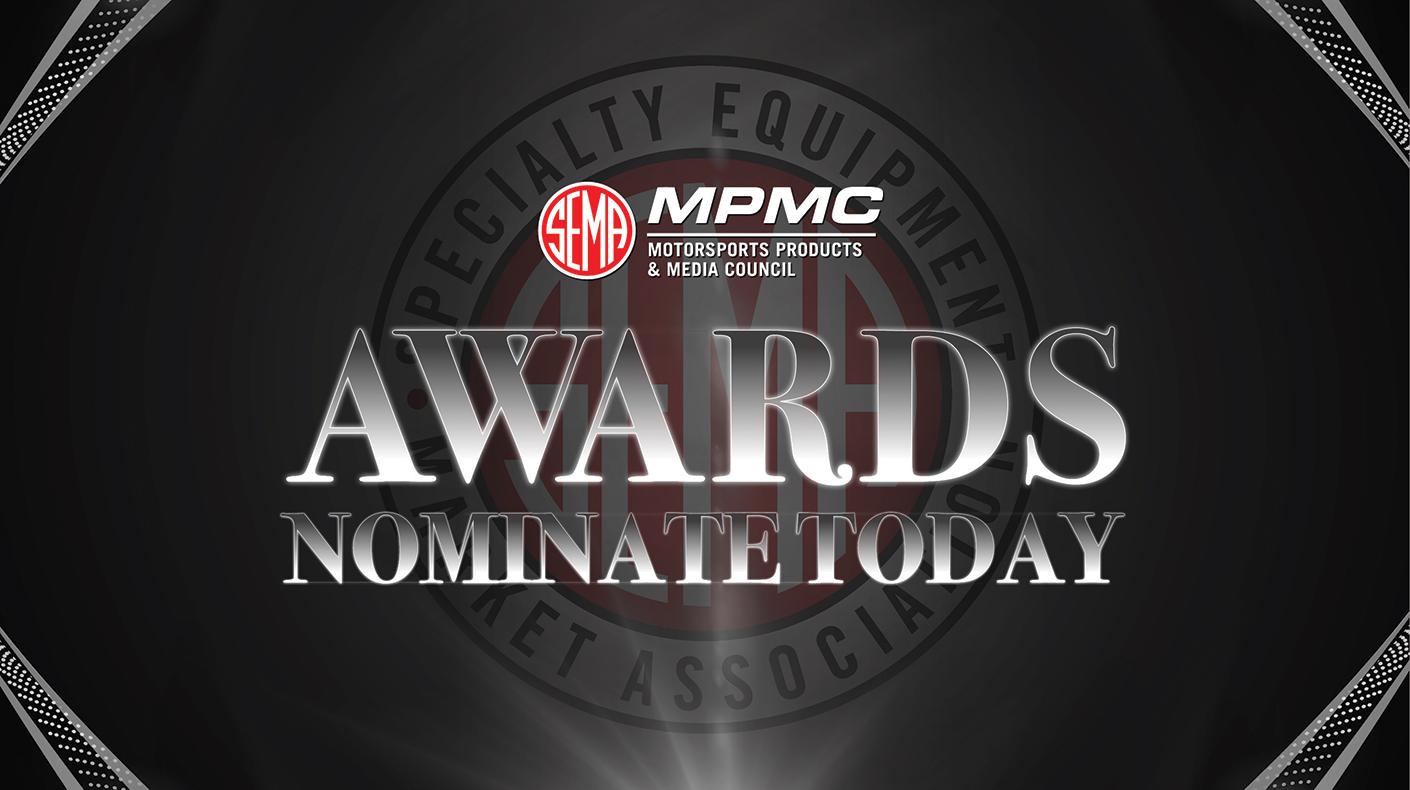
Hurst's partnership with Dodge to produce the limited-edition 2009 Hurst/HEMI Challenger is one example of the increasing opportunities between automakers and specialty-equipment companies.
For SEMA-member companies in these challenging times, partnering with vehicle manufacturers provides another potential profit stream worth exploring. Not only does there exist the opportunity for strategic product placement and increased brand visibility, but refraining from participating in this arena may provide a competitive threat to those left behind.
With this in mind, SEMA funded an in-depth study, "The Specialty-Equipment Automotive Company of the Future: Guideposts for Strategic Planning," prepared by the Center for Automotive Research (CAR), which will equip members with a better view of what to expect from vehicle manufacturers in the coming years. Even for the members that do not wish to develop a direct working relationship with the OEMs and automakers, it remains essential to understand the vehicle manufacturers’ strategies in order to better prepare for their own business plans.
The study reveals the following five vehicle manufacturing strategies that will be seen over the next five years:
1: Many automakers are increasingly interested in the specialty-equipment market, although the level of interest varies greatly. Some companies view the market as a potential access point for consumer electronics and little else. Others are considering how to effectively bring industry suppliers into the product development process for a wide range of connected vehicle, performance, chassis and appearance products.
2: There is general consensus that the specialty-equipment market for performance, chassis and appearance components is very segment-specific. Several companies indicated an emphasis on small (and performance) cars, sport-utility vehicles and pickups in their plans. Many respondents do not expect mainstream segments, such as midsize cars and crossover utilities, to offer opportunities for specialty equipment in the near future.
3: Automakers will continue to nurture in-house performance brands, several of which may increasingly leverage specialty-equipment performance brands. Through discussions with OEMs, it is clear that in-house brands dependent on partner-branded components will continue to exist. Multiple automakers, however, indicated interest in increasingly leveraging specialty-equipment brands for performance vehicle lines.
4: There is a growing, but still limited, trend for automakers to design their vehicles for accessorization. All companies interviewed made it clear that a trusting, long-term partnership with selected specialty-equipment suppliers would be beneficial. Current SEMA programs (e.g., Measuring Sessions and Technology Transfer) provide a means for continued communication between automakers and specialty-equipment suppliers.
Several automakers noted that these sessions could be expanded upon to permit more comprehensive diagnostics-type data to reach the specialty equipment-market earlier.
5: The dealership remains the final frontier and a challenging opportunity. The OE dealership network may provide opportunity for growth, not only for member companies wishing to accessorize new vehicles, but also for consumers wishing to add specialty equipment to their current (used) vehicle. Consumers may also feel more comfortable working with a specialty-equipment installer partnered with a dealer rather than an independent installer.
As the automotive industry undergoes one of the most rapid and significant structural changes in decades, it is essential that SEMA members understand this shift and act upon it in order to ensure their success and longevity.
To gain additional insights from the CAR report, participate in the "The Specialty-Equipment Automotive Company of the Future: Guideposts for Strategic Planning (Phase I)" webinar, presented by Brett Smith, assistant director of the manufacturing, engineering and technology group at CAR, and Richard Wallace, senior project manager at CAR.
Both Smith and Wallace authored the CAR study and will present findings from the report. The webinar is scheduled for Thursday, January 15, 2009 from 10:00 a.m.–11:00 a.m. (PDT). For further details on the webinar, send your name, company, e-mail and phone number to ingai@sema.org.





